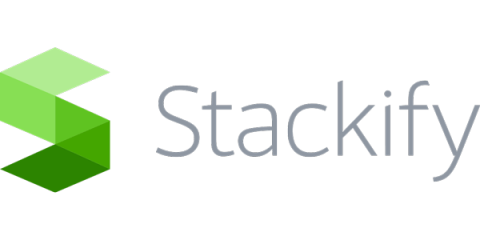Systems | Development | Analytics | API | Testing
Databases
Find Where N+1 Database Queries Affect Your Application
One of the Scout’s key features is its ability to quickly highlight N+1 queries in your application that you might not have been aware of, and then show you the exact line of code that you need to look at in order to fix it. In this video, we will use a Ruby on Rails application as an example, but the same concepts apply to other popular web frameworks.
Episode 9: Introduction to Indexes
Understanding Database Transactions in Rails
Few things are scarier than a database slowly losing integrity over weeks or years. For a while, nobody notices anything. Then users start reporting bugs, yet you can't find any code that's broken. By the time you realize the problem, it may be happening for so long that your backups are unusable. We can avoid problems like these with skillful use of transactions.
Django and the N+1 Queries Problem
The N+1 Queries Problem is a perennial database performance issue. It affects many ORM’s and custom SQL code, and Django’s ORM is not immune either. In this post, we’ll examine what the N+1 Queries Problem looks like in Django, some tools for fixing it, and most importantly some tools for detecting it. Naturally, Scout is one of those tools, with its built-in N+1 Insights tool.
How to Create SQL Percentile Aggregates and Rollups With Postgresql and t-digest
When it comes to data, let’s start with the obvious. Averages suck. As developers, we all know that percentiles are much more useful. Metrics like P90, P95, P99 give us a much better indication of how our software is performing. The challenge, historically, is how to track the underlying data and calculate the percentiles. Today I will show you how amazingly easy it is to aggregate and create SQL based percentile rollups with Postgresql and t-digest histograms!
PostgreSQL vs. MySQL
Oracle Database & DreamFactory
Cloudera Operational Database experience (dbPaaS) available as Technical Preview
The Cloudera Operational Database (COD) experience is a managed dbPaaS solution which abstracts the underlying cluster instance as a Database. It can auto-scale based on the workload utilization of the cluster and will be adding the ability to auto-tune (better performance within the existing infrastructure footprint) and auto-heal (resolve operational problems automatically) later this year.
Operational Database Scalability
Cloudera’s Operational Database provides unparalleled scale and flexibility for applications, enabling enterprises to bring together and process data of all types and from more sources, while providing developers with the flexibility they need. In this blog, we’ll look into capabilities that make Operational Database the right choice for hyperscale.








